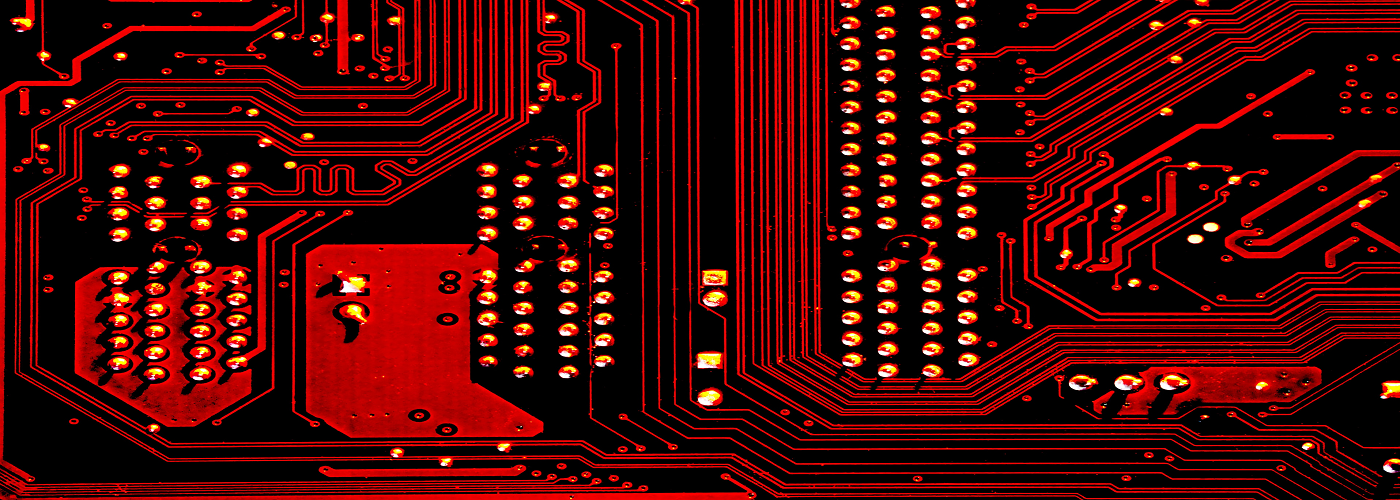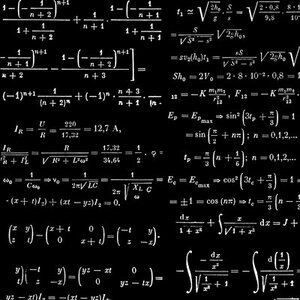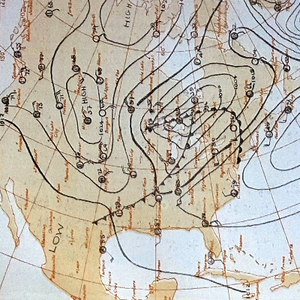

According to the philosopher George Santayana, “Those who cannot remember the past are condemned to repeat it.” This idea, seen by many over the years as a rallying cry for the study of history, appears to have increasing validity in the realm of computer weather prediction, as shown in a collaborative 2020 study by researchers at the University of Washington and Microsoft Research.
Since the 1950s, the basic archetype for forecasting the weather with computers has been to represent the atmosphere in a series of physics calculations to help predict its future state from an initial set of conditions. The method in this latest study, though, forgoes the complicated physics and instead looks for patterns in weather data over the past 40 years to predict how the atmospheric variables will evolve. This method is a type of artificial intelligence (A.I.) called machine learning.
The results the team achieved are promising; especially considering how much simpler and more efficient the new A.I. model is compared to the traditional ones. While not producing as accurate of a forecast compared to today's state-of-the-art, physics-based, weather models, the A.I. forecasts did outperform some of the lower resolution physics-based models.
Most importantly, though, was the efficiency. To forecast for the same number of points on a globe, the new A.I. model used 7,000 times less computing power compared to the traditional models. Also, the A.I. method of forecasting is much faster, being able to produce a global 4-week forecast in under two-tenths of a second, while traditional models can take nearly 24 minutes, owing to the complexity of the physics calculations involved. Further work will be needed to improve the accuracy of this A.I.-based weather model, but the efficiency and accuracy of even this early generation presents a promising new archetype for future computer weather forecasting.

